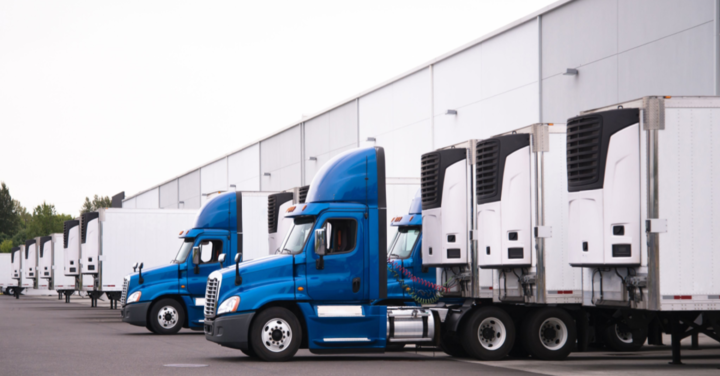
Apart from a significant economic downturn or an unusual global situation, a steady line marks the demand and supply curve of the food and beverage industry. Yet the pandemic revealed a drastic change in this demand. The global food and beverage logistics market will likely “reach US$ 154.5 Billion by 2027, exhibiting a CAGR of 8.1% during 2022-2027,” according to a Digital Journal article that cites IMARC Group. Therefore, food and beverage logistics should take precedence to ensure the smooth running of the country’s economy and individual homes.
Producing, packaging, and delivering food is a complex business. Choosing the appropriate carrier is risky without a freight broker that has the resources to help determine the most suitable carrier for the commodity. Only using reefers when necessary helps avoid high costs and maintain the freshness of perishables and temperature-sensitive items. Proper planning to avoid spoilage can be time-consuming without food and beverage logistics knowledge. Choosing a freight broker with a vast network of carriers and access to valuable data will help mitigate spoilage, a common challenge in transporting perishables.
While reefers may appear to be the best choice for food and beverage logistics, that is not always the case. Reefers are expensive and use a lot of fuel and energy, thus leaving a larger carbon footprint than dry vans. Dry vans are ideal for palletized and canned foods and beverages. Choosing a reefer in such cases would add unnecessary transportation costs when perhaps an expedited dry van could have accomplished the task. An expert freight broker will determine the best solution for the shipper and make optimal use of valuable resources, time, and money.
Packaging bottles, cans, and tetra-packs makes for unique beverage production and distribution needs. Additionally, beverage production and distribution experts must be on their toes as the demand for alcoholic beverages grows. The demand for wine, spirits, and malt has risen exponentially more than for traditional drinks. However, laws governing the manufacture and distribution of alcohol vary from state to state. A delivery partner well-versed in compliance can eliminate any timely distribution challenges the craft beer industry faces. With the constant growth of microbreweries, it is economical and time-saving for such manufacturers to partner with craft beer and spirits distribution experts.
The supply chain industry’s changing face demands a 3PL food and beverage logistics and delivery partner. There are many reasons why a shipper or a distributor needs a freight broker who collaborates with technology experts. One of the main reasons is to ensure real-time tracking of the shipment. Many companies use cloud-based technology for real-time monitoring; however, few have a platform for collaboration between the shipper, carrier, driver, and the customer. Actionable analytics can provide real-time supply and demand data for food and beverage logistics. This level of transparency, supported by dedicated staff to monitor real-time tracking, can shippers time and money.
As diverse as the food and beverage industry is, the need for diversity in carriers is essential. Manufacturers can save a lot of time and stress by using a managed services partner, such as Zengistics and its collaborative approach to freight management, to meet the dynamic demand for their commodities. Vetted carriers must be matched with the food and barrage transportation needs. Shippers who choose a top-of-the-line 3PL partner with an extensive network of drivers can remove most of the stress associated with food and beverage logistics.
In conclusion, consider this. Does demand drive supply, or does supply drive demand? Say’s Law would contribute, ”It is worthwhile to remark that a product is no sooner created than it, from that instant, affords a market for other products to the full extent of its own value.” Or in other words, supply can create its own demand. However, a plethora of products is only helpful in current circumstances when the suitable carrier and food and beverage logistics can get the product to its customers on time and in full. Request a Zengistics quote or a demo today to grow your food and beverage business.